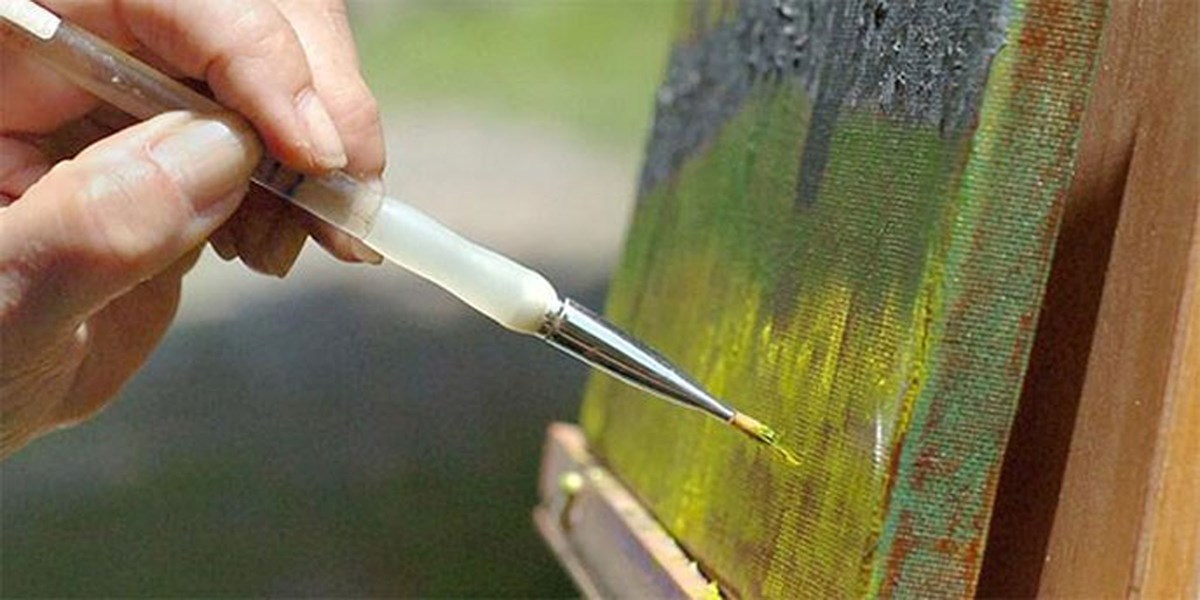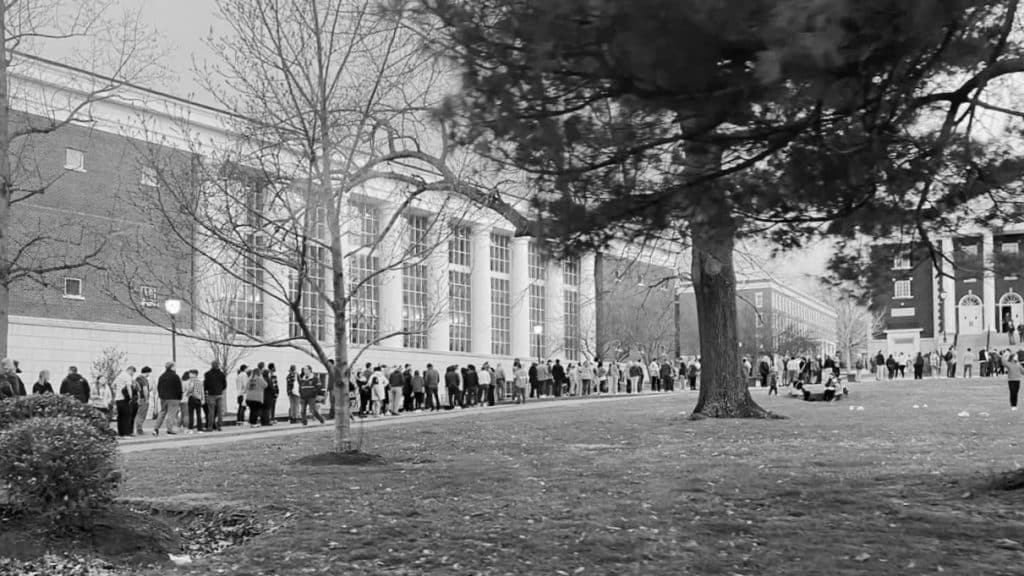In case you haven’t noticed by now, Asbury University is a liberal arts institution. As such, most of us students believe that everyone should be able to experience the fine arts. Dance, painting, music, drawing and theatre aren’t just entertaining; they also have the ability to impact the way people interact with the world.
The arts allow people to creatively express and to tell stories that impact people. This level of creativity is an experience to which everyone should have access, due to the various benefits it can have for one’s mental and emotional health.
Some of those benefits include a reduction in anxiety and stress, development of confidence and self-esteem, social and emotional development in early childhood and cognitive abilities such as problem-solving and communication, according to Createquity. (Createquity is a “a think tank investigating the most important issues in the arts and what we, collectively and individually, can do about them.”)
Furthermore, according to Jeff Day, Asbury’s director of theater and cinema performance, the impact that the fine arts can have on one’s life is “indisputable.”
“It changes people’s lives,” Day said. “It is the way we communicate. It’s the things we value, whether it’s art, music, theater, dance. It’s just a major fabric of our existence.”
However, the inequities within our society have created a level of inaccessibility to the arts, which results in portions of people not interacting and experiencing the benefits that the arts can create.
This view is held by the nationally recognized organization Americans for the Arts, which exists to “support a full creative life for all … [and] commits to championing policies and practices of cultural equity that empower a just, inclusive, equitable nation.”
Americans for Arts gathers research and utilizes it to advocate for policy creation and change at state and federal levels, according to their website.
One area where the arts can often be neglected is within the school systems, particularly those that are low-income and in more rural environments. This is partly because in a lot of underprivileged and disenfranchised communities, the schools tend to be underfunded; in the first round of budget cuts, the fine arts departments tend to be the first thing to go, according to an article in The Daily Hampshire Gazette.
As a result, these students who have no choice on whether their school has an arts program miss out on the opportunities that the arts offer. This only deepens pre-existing inequalities.
This inaccessibility of the arts can be seen not only in childhood development but also later in life. On some level, each person harbors a level of appreciation and respect for the wide spectrum of fine arts, which often leads to wanting to interact with those fine arts in some capacity.
However, the money required to participate and interact with the arts often keeps people from experiencing them. As a college student who is covering the cost of tuition and only making $7.25 an hour, spending money on expensive performances or galleries is rarely feasible.
A survey done by Createquity demonstrated that those who had lower incomes were less likely to “attend pop and rock concerts than their wealthier counterparts, and significantly fewer of them attend visual arts festivals and craft fairs.”
The survey continued, “In fact, people with lower incomes and less education are less likely to read books, go to the movies, take an arts class, play a musical instrument, sing, dance socially, take or edit photographs, paint, make scrapbooks, engage in creative writing, or make crafts.”
So while the arts may truly be for everyone, one’s ability to access those things is not consistent across the board.
Nevertheless, there are steps that one can take in order to prevent completely missing out on what the fine arts have to offer, like supporting local artistry. For Asbury students, this could be going to student shows like “Friday Night Live”, “Take No Prisoners” or “Doubt”, which usually cost $5 a ticket at most. Other options include attending the art galleries on campus in the Bistro or library, especially as the gallery hop approaches.
Meanwhile, outside of Asbury, society must begin to reflect on how much they truly value the arts and their impact. If they do, then there must be a reevaluation of where the priority is placed on the arts. Is the priority esteem and exclusivity which often leads to increased prices or equity of access which would allow for more development within the arts? The only way for there to be a change to accessibility is for there to be a collective effort advocating for it.









